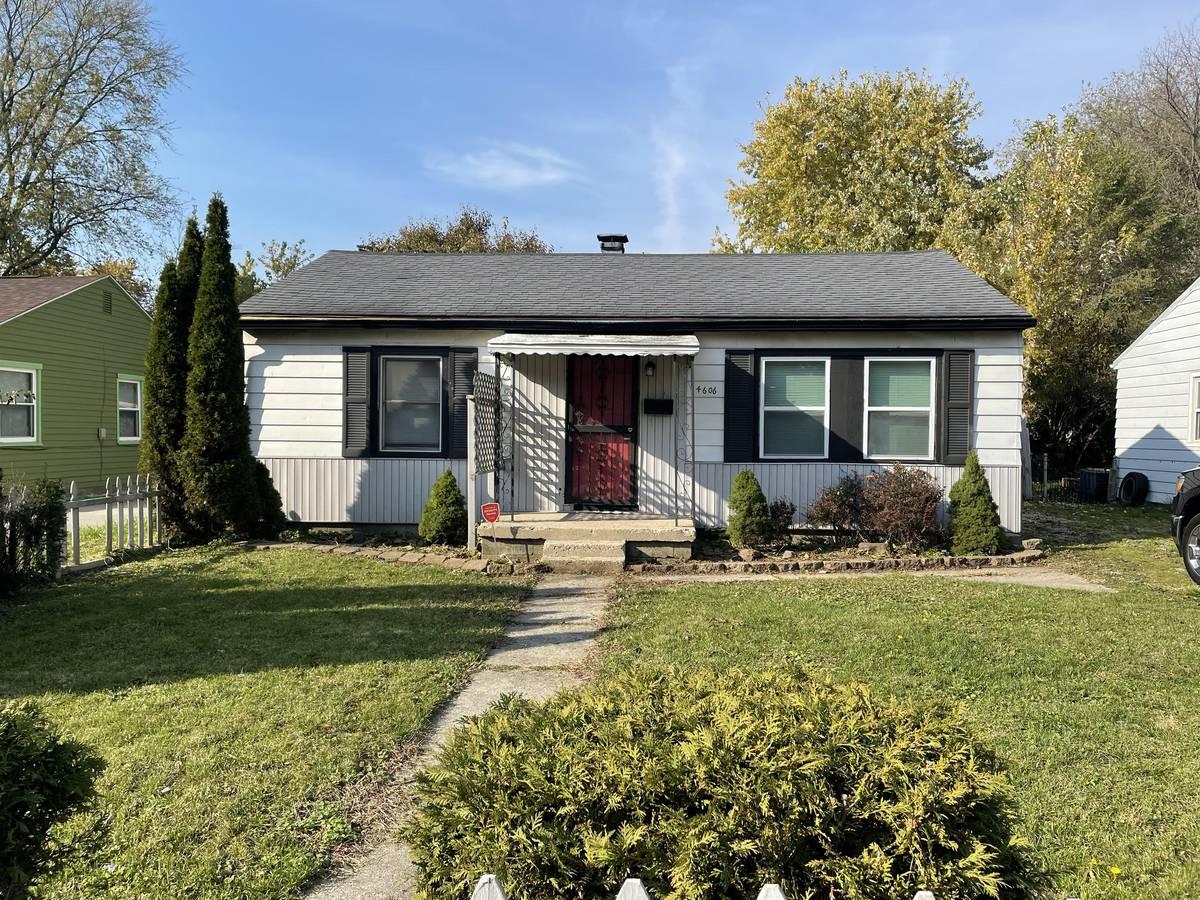The real estate industry has witnessed a significant surge in the popularity of midterm rentals, particularly among investors. This trend can be attributed to several factors that have reshaped the traditional housing market dynamics.
Midterm rentals (MTRs) typically last from one to six months and offer a lucrative alternative to long-term leases or short-term vacation rentals. As the demand for temporary housing solutions continues to grow, investors have recognized the potential of this emerging market segment.
By capitalizing on this opportunity, they can diversify their investment portfolios and generate steady income streams. Midterm rentals also cater to a diverse range of tenants seeking temporary accommodations.
Pros:
Higher demand
Due to their extended duration, midterm rentals often experience higher demand than short-term rentals. This increased demand can translate to more consistent bookings and occupancy rates, providing landlords with a reliable source of rental income.
Easier management
Unlike short-term rentals, where guests check in and out frequently, midterm rentals offer greater stability as tenants typically stay for at least 30 days. This reduces the frequency of turnovers, making property management more manageable for landlords. Platforms like PadSplit boast an average tenure of 8.4 months, highlighting the stability of midterm rental arrangements for renters.
Fewer regulations
Midterm rentals typically face fewer regulations compared to short-term rentals, which are often subject to strict zoning laws and licensing requirements. This regulatory flexibility can simplify the rental process for landlords, allowing for more straightforward operations and fewer administrative hurdles.
Reduced competition
With fewer landlords vying for midterm rental opportunities, property owners may find it easier to secure bookings quickly and consistently throughout the year. This reduced competition can result in stronger cash flow and a better return on investment (ROI) for landlords.
Less wear and tear
The longer-term nature of mid-term rentals means tenants are less likely to cause significant wear and tear on the property compared to short-term stays. With guests staying an average of six months, landlords can enjoy reduced maintenance costs and preserve the condition of their rental units over time.
Cons:
Dealing with more tenants
Managing midterm rentals may require more interaction with tenants compared to long-term leases. Landlords may need to engage in frequent communication and address tenant inquiries or issues promptly. However, the overall time commitment remains relatively low, with many landlords spending minimal time communicating with tenants each month.
Furnishing and upkeep requirements
Unlike long-term leases, where tenants may furnish the property themselves, midterm rentals typically require furnished accommodations. This necessitates additional expenses for furnishing and maintaining the property, including appliances and household items. While still less demanding than short-term rentals in terms of furnishings, this upfront cost should be considered by property owners.
Midterm rentals offer a compelling opportunity for landlords and tenants seeking a balance between flexibility and stability in the rental market. While they come with their own set of challenges, such as tenant management and furnishing requirements, the benefits of higher demand, easier management, and reduced competition make midterm rentals a promising option for property owners looking to maximize their rental income.
If you’re looking to earn 2.5x more on a single-family rental property, visit PadSplit.com. More hosts are listing their rental properties on PadSplit, the nation’s largest midterm rental provider.


